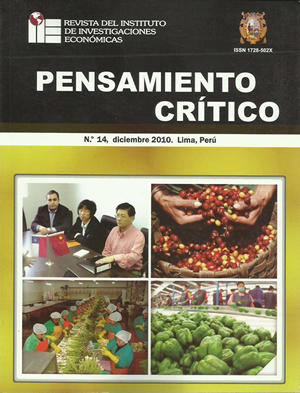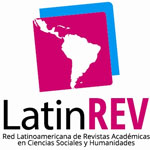Marco conceptual para el diseño de una estrategia competitiva para la ciudad de Lima
DOI:
https://doi.org/10.15381/pc.v14i0.9095Keywords:
Competitiveness, cluster, efficiency, productivity, factors.Abstract
The construction of a new index of competitiveness, by an international team led by Michael Porter, brings us back to a traditional debate in economics about the sources of economic growth and, in general, the analysis of the determinants of welfare. Based on recent advances in economic growth theory, Porter has built a conceptual framework that explains the prosperity from three generic factors: (i) the allocation of resources, a factor that includes not only natural resources like oil and gold, but also the geographic location and size of a country and its population, (ii) the macroeconomic competitiveness, a term under which we understand the factors that influence the productivity of enterprises, such as fiscal and monetary policy, basic infrastructure and legal institutions, and (iii) the microeconomic competitiveness, terms that encompasses the factors related to business strategy and development of clusters, among others. This paper offers a conceptual model for the development of strategic plans at the territorial level, based essentially on the proposal of Porter, from whom we have taken much of the sustainability concept. It also proposes a territorial economic analysis, which we have used in the initial diagnosis for the Lima region, in Peru.Downloads
Published
Issue
Section
License
Copyright (c) 2010 David Medianero Burga

This work is licensed under a Creative Commons Attribution-NonCommercial-ShareAlike 4.0 International License.
THE AUTHORS RETAIN THEIR RIGHTS:
a. The authors retain their trademark and patent rights, and also on any process or procedure described in the article.
b. The authors retain the right to share, copy, distribute, execute and publicly communicate the article published in Pensamiento Crítico (for example, place it in an institutional repository or publish it in a book), with recognition of its initial publication in Pensamiento Crítico.
c. The authors retain the right to make a subsequent publication of their work, to use the article or any part of it (for example: a compilation of their works, notes for conferences, thesis, or for a book), provided they indicate the source of publication (authors of the work, journal, volume, number and date).















